Peter Walsh's Ultimate Guide to Organizing Your Kitchen
Goodbye overstuffed pantry and messy dining table. O's clutter expert shares six easy strategies to tidy up your space once and for all.
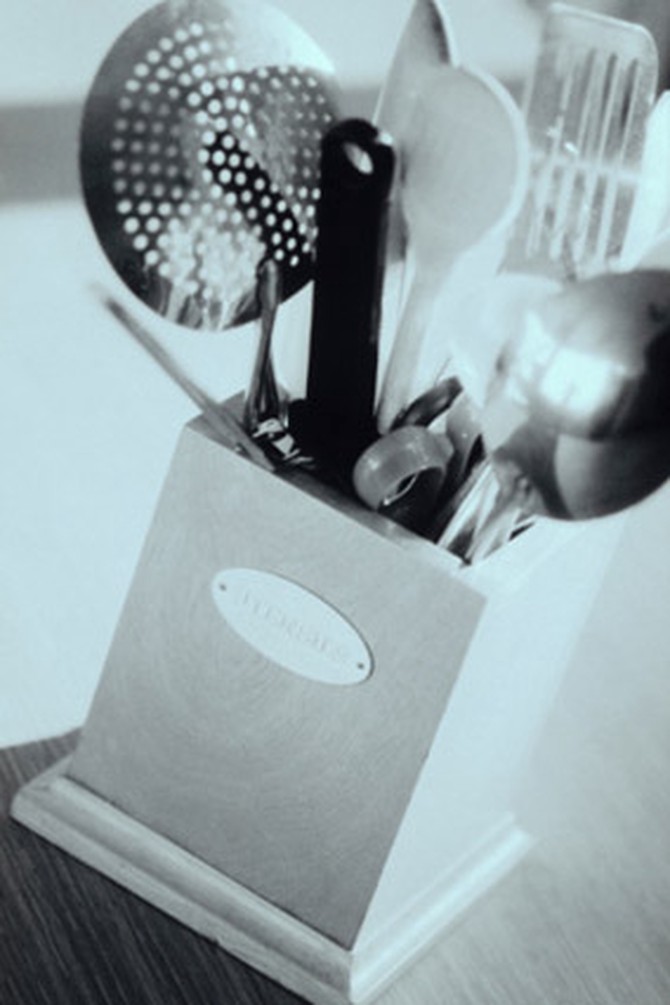
Photo: Thinkstock
One-Month Cardboard Box Test
Not sure what you use and what you don't in your kitchen? Here is a tried and true way to find out. Empty the contents of your kitchen utensils drawer into a cardboard box. For one month, put a utensil back into the drawer only if you take it out of the box to use it. If it's still in the box after four weeks—you don't need it. Pass it on to charity.
— Peter Walsh
— Peter Walsh

Photo: David Tsay
Focus Your Fridge
Peter Walsh uses clear plastic trays (Fridge Binz; Organize.com) to separate cheese from condiments from baking supplies. When he's grilling outside, he simply grabs the entire condiments tray (ditto the cheese tray, which he and his partner Ken Greenblatt sample most evenings). Bonus: No need to scrub dried maple syrup from the far corners of his fridge.
— Meredith Bryan
— Meredith Bryan
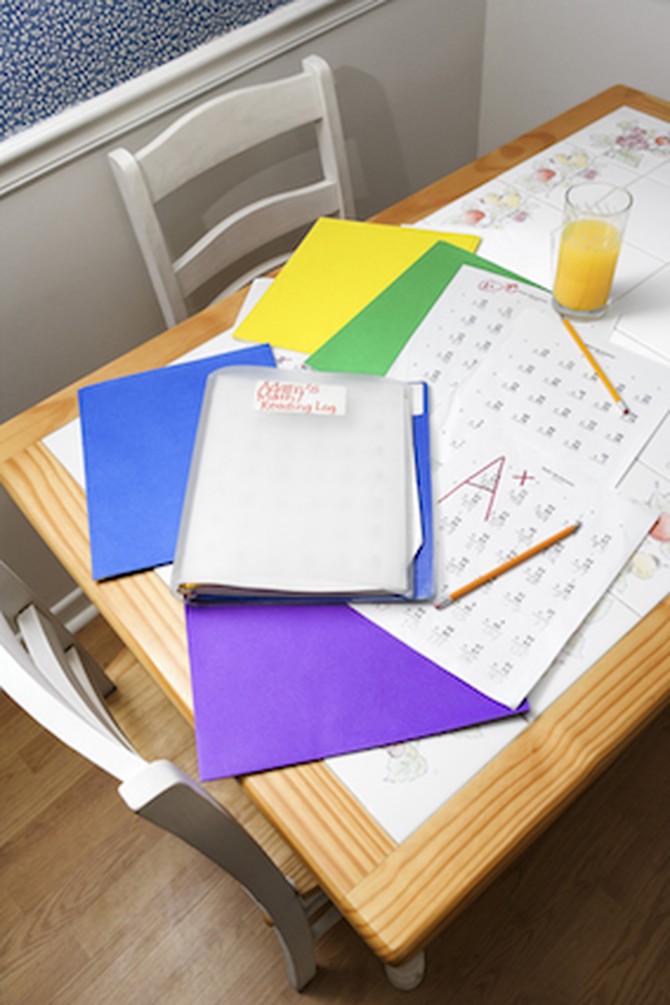
Photo: Thinkstock
Tackle the Table
The kitchen or dining room table "is a magnet for mail, bills, kids' homework and I'll-just-put-it-here-for-a-moment kind of stuff," says Walsh. To prepare it for actual dining, he suggests spending 30 "brutal and fast" minutes sorting paperwork into like piles (Mail Needing Attention, Documents to File, Recycling, etc.). "Stand, don't sit," he cautions, "so you won't be tempted to study the disclaimers on those credit card offers." When everything is sorted, resolve to deal with a pile a day, or put them all away until January. Then set the table with a tablecloth, flower arrangement and your nicest dishes, to discourage people—in other words, you—from using it as a dumping ground for groceries and unpaid electric bills.
— Meredith Bryan
— Meredith Bryan
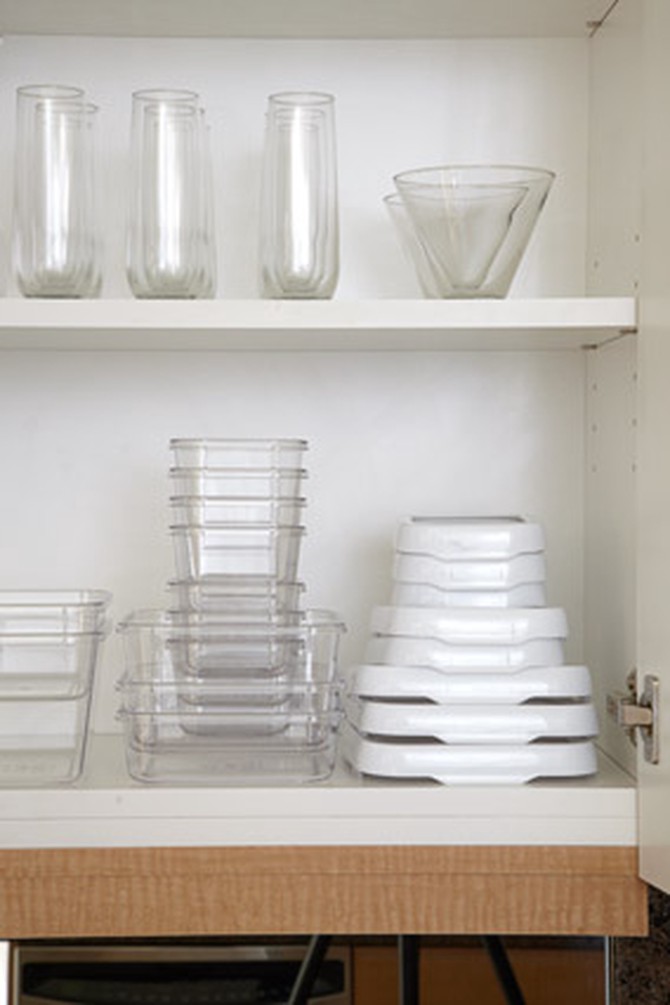
Photo: David Tsay
Standardize Your Food Storage
To avoid accumulating a drawer full of mismatched plastic containers in ten colors, Walsh uses just one brand of food storage container so lids will always fit (OXO LockTop set; oxo.com). He stacks just a few sizes in a cabinet for easy access. "Most people only really use three or four of these containers anyway," says Walsh. "There's no need to keep hundreds."
— Meredith Bryan
— Meredith Bryan
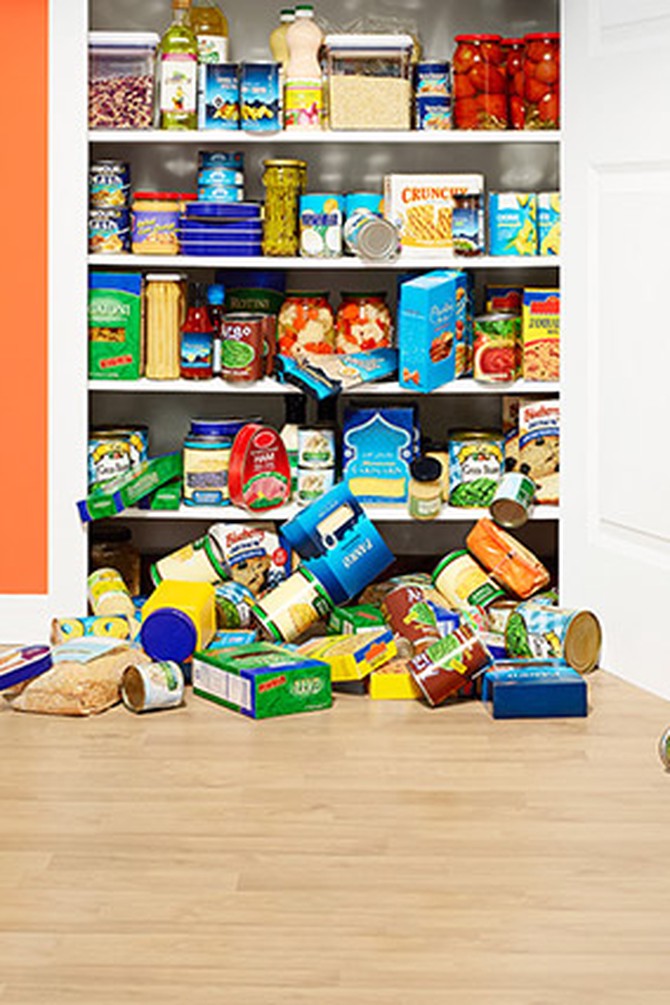
Photo: David Tsay
Banish "Aspirational" Foods
The sun-dried tomato tapenade you planned to serve at the dinner party you didn't get around to hosting? The hearty, dry-bean soup mix with instructions that sound like a drag? "Let it go," says Walsh. "Anything you don't use regularly, or have immediate plans to use, is in danger of being wasted." Pack all edible nonperishables into a box marked "donate" and drop it off at a local food bank. Visit FoodPantries.org to find a soup kitchen or food bank near you.
— Meredith Bryan
— Meredith Bryan
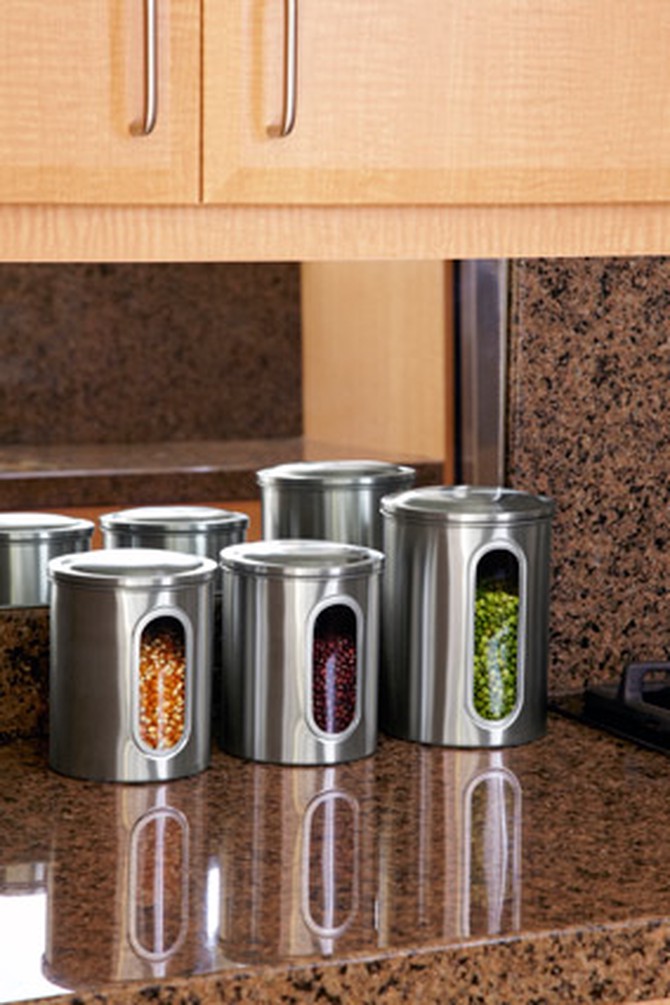
Photo: David Tsay
Use Easy Counter Canisters
To keep the dried lentils, beans, quinoa, flour, and other ingredients he uses for healthy meals readily available, Walsh stores them in a set of stainless steel canisters (Organize.com). This way he always knows what he has—and friends can easily pitch in with the cooking.
— Meredith Bryan
Next: How to double your under-sink space (and more organizing hacks)
— Meredith Bryan
Next: How to double your under-sink space (and more organizing hacks)
Published 01/17/2014

